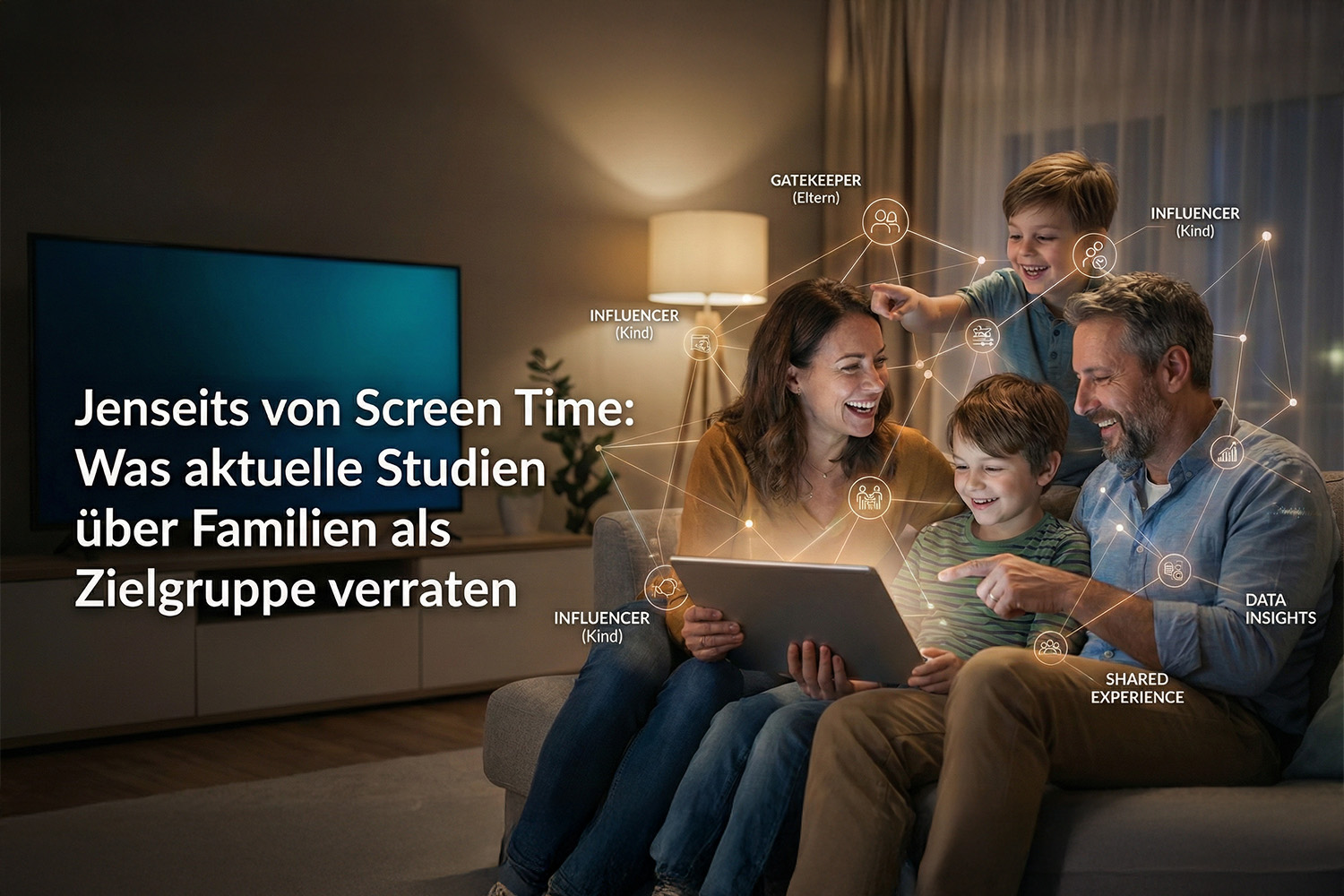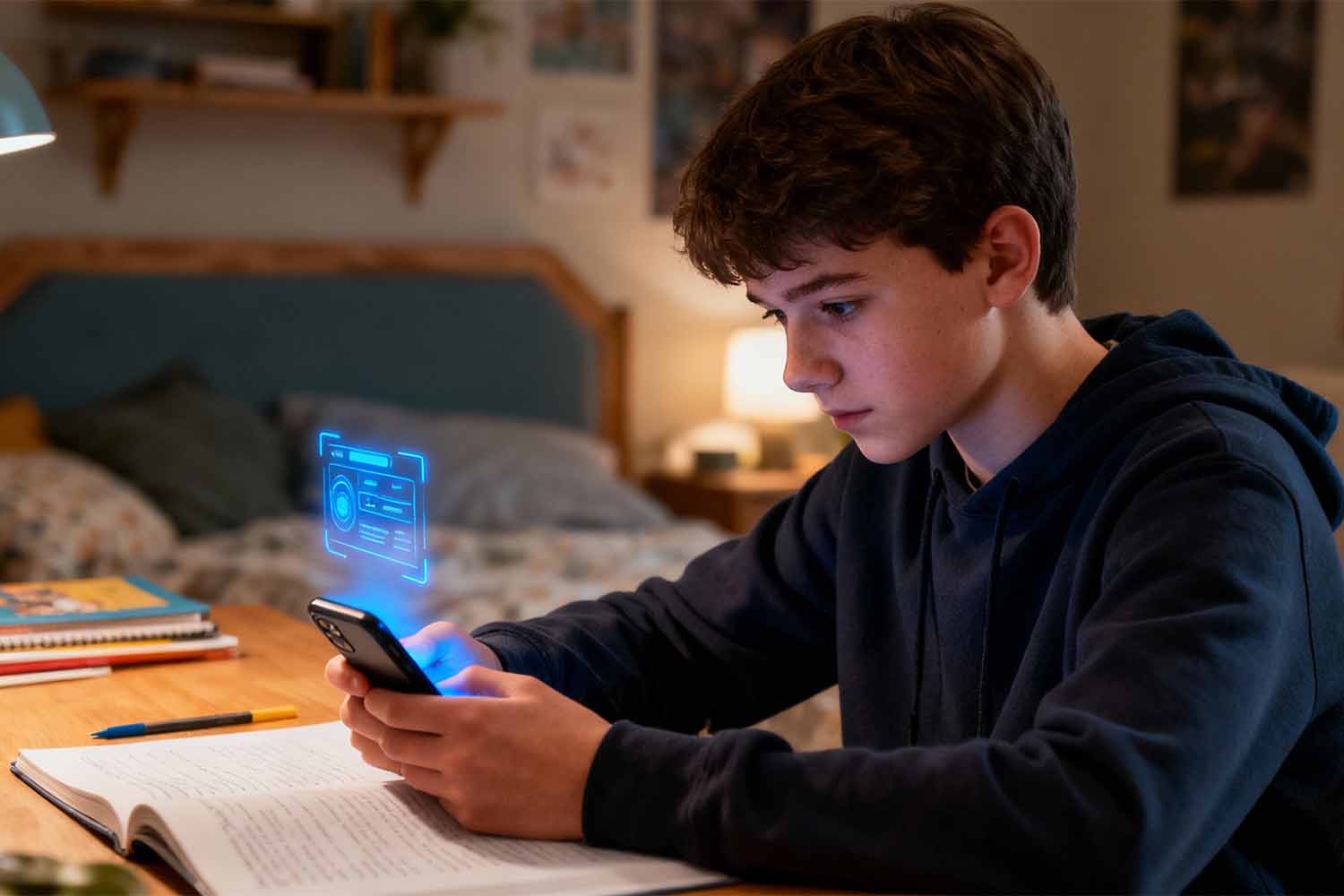Introduction: Why Labubu brands shouldn't matter
Labubu. The name sounds playful, looks charming — and is currently omnipresent in children's rooms, on TikTok, in toy stores and even in brick-and-mortar retail. What began as a limited-edition designer figure has now become a symbol of children's emotional world.
The phenomenon surrounding Labubu is not just a short-term hype, but a teaching example of what works Family marketing: Emotionalization, recognizability and cross-media experiences. For FMCG brands, publishers, toy manufacturer And everyone who wants to address children as a relevant target group is now clear: Labubu hits a nerve — and provides impetus for strategic brand communication.
Context & Definition: What is Labubu?
Labubu comes from the designer's “The Monsters” collection Kasing Lung And is about the Chinese cult brand POP MART marketed. The figure combines fantasy creatures, leprechaun looks and a minimalistic, emotional design.
Characteristics:
- Limited collectible figure (often in “blind boxes”)
- haptic, physical, aesthetic: collector's item and trendy toy at the same time
- Emotional expression through facial expressions and variants
- Widespread distribution via social media (TikTok, Instagram, YouTube shorts)
Labubu strikes a chord with a generation of children who individuality, surprise and playful emotionality estimates. And who likes to express herself about things that parents don't immediately understand.
Family marketing perspective at KB&B
As a specialized agency for Marketing for children and families parsed KB&B continuous cultural trends that affect children and parents. The phenomenon Labubu shows: When brands engage in real emotions, sustainable brand ties are created.
Why does Labubu work so well?
Labubu activates central levers in family marketing: Visual recognizability, identifiable narratives and low-threshold interaction. Brands that are strong in these dimensions not only attract attention, but also relevance.
Latest findings & studies
Although much market data comes from Asia, the principle behind Labubu universal. In China, POP MART helped the figure achieve a high level of brand presence — through limited editions, targeted influencer collaborations and a strong community.
In Europe, particularly in Germany, is spreading Labubu Primarily by Peer recommendation and social media. This organic development makes the trendy toy particularly exciting for companies that want to think beyond classic license marketing.
Empirical Observations show:
- Connect kids Labubu with Mystery, uniqueness and imagination
- Older children feel taken seriously thanks to the slightly mystical design
- Parents appreciate the creative reluctance towards garish licensed products
Practical B2B tips & best practices
What brands can do in practice:
- Install collection mechanisms: Whether in food packaging, book series or club systems: Limited content creates collection logic.
- Develop your own character worlds: Characters with recognition value, attitude and story replace generic licensed goods.
- Storytelling instead of push communication: Children want to experience stories, not have products explained.
- Encourage co-creation: Participation formats in digital campaigns, school campaigns or print publications create loyalty.
- Think across platforms: From stickers to audio formats to AR filters — activate all touchpoints.
External link tip:
conclusion
Labubu is more than just a trendy toy — it is an emotional system of figure, imagination and community. Brands that want to reach children and families can learn more here than with many large licenses.
Instead of imitating, it is important to understand:
- kids are target people with real emotions
- families are looking for meaningful experiences, not just advertising
- marques must create posture and identification
KB&B supports this with data-based insights, creative strategy and operational excellence.
FAQ
What is Labubu?
A collectible figure from the “The Monsters” series by POP MART with a clear design line and emotional appeal.
Why does Labubu fascinate children?
Because it combines individuality, collectivity and emotional worlds. The design appeals to children on a personal level.
How can brands benefit from the Labubu trend?
By adapting principles such as collection concepts, emotional characters and community experiences for their own products.
Is Labubu a short-term hype?
Perhaps. But the system behind it — emotionality, design, collecting drive — has long-term potential.
How does KB&B support?
With family foresight, creation, strategy development, media implementation and evaluation for real brand effects in the family environment.









